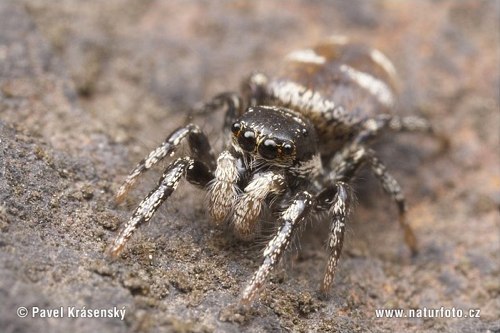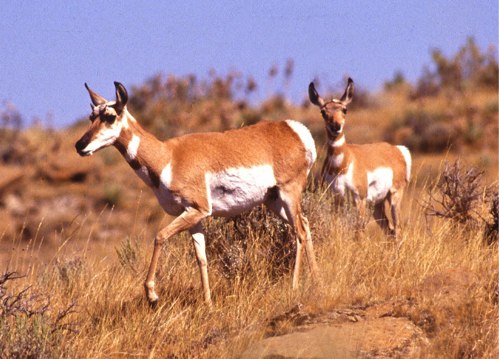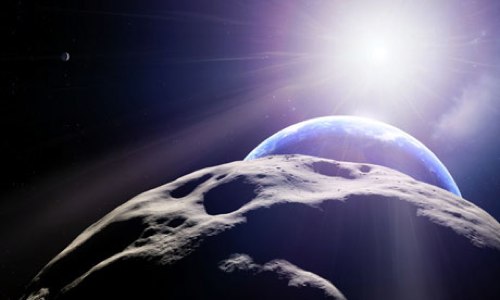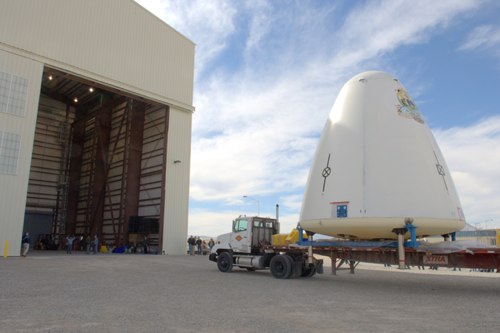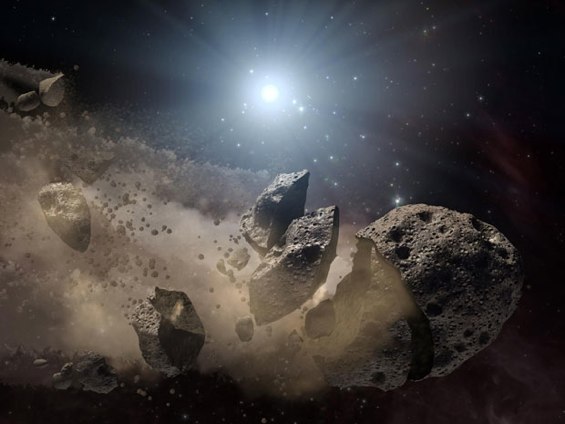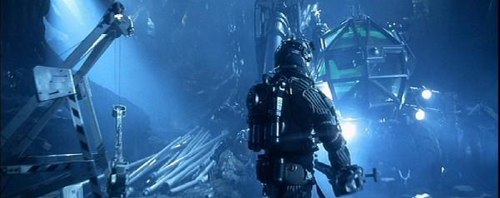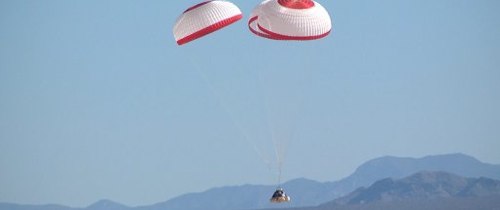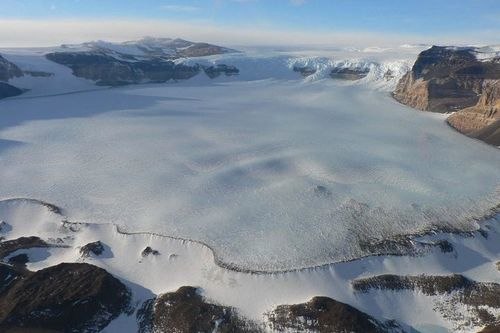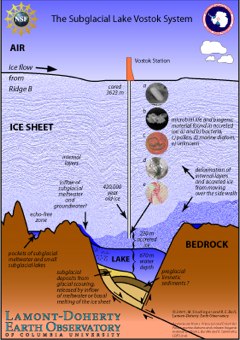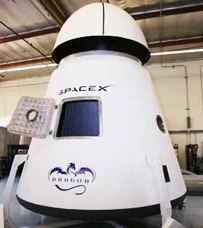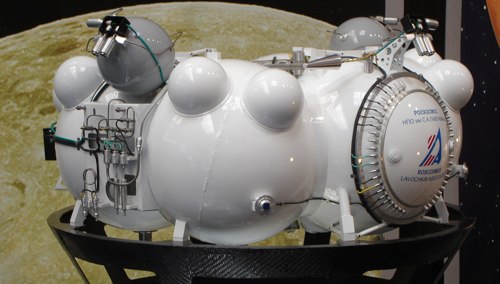One average asteroid, half the size of the conference room they made their announcement in, can contain enough resources to power every space flight in the history of the NASA space program
When asked during Q and A how many resources can be mined out of one astroid, that was the response from Peter Diamandis. They key is identifying the right ones and developing the right kind of tech to mine them.
Private industry can iterate faster and take bigger risks that are inappropriate for government
One investor made the point that if his neighbor was mortgaging his house to invest in Planetary Resources, it would be inappropriate. Which is why a private company and not a government underwater in trillions of dollars in debt is the right agent to make this kind of progress.
Much was said about the assembly line mentality, where no model or build of a Planetary Resources spacecraft will be revered beyond a necessary step to the right solution, better than the last but inferior to the next.
As we saw with the nostalgia and reverence we have for our public spaceflight tech, that is very rarely the case with NASA projects.
Finding resources like water are key to life support in space and refueling for longer journeys
Water is a tremendously expensive resources to get into space. But if one were to find the elements to create it amongst the stars and create it in orbit, it fundamentally changes the game.
The cost and complication of life support and long distance travel is changed forever, the closer this comes to reality.
The immediate future is identifying asteroids with prospecting spacecraft
The first Arkyd 100 spacecraft should launch sometime within 12 to 24 months. The goal will be to provide intelligent data on Earth bound asteroids and what they might contain.
Mining spacecraft is a priority in the next 10 years
Arkyd 200 and 300 units will focus on making contact with and the mining of the asteroids. Although the panel was loathe to give hard timetables, 10 years was mentioned as point by which they hope to mine and return resources.
Their team will be kept very small and move very fast
One of the few reasons Planetary Resources went public today was because they are currently trying to add engineering talent to their small Bellevue, WA based staff but couldn’t hope to do it quietly. They are very conscious of staff bloat.
Robots, not humans, are the future of asteroid mining for now
Humans are too expensive and not particularly necessary for the kind of prospecting they are looking to do. So any fear that we are getting into an Outland situation can be put on ice for a decade or so.
BONUS: Bad Astronomer Phil Plait spoke with Chief Engineer Chris Lewicki and has a great breakdown of the technical deets.
Also, just because this is the most excited anyone has been about prospecting since the gold rush, here is Will Ferrell’s legendary unaired Gus Chiggins sketch.
